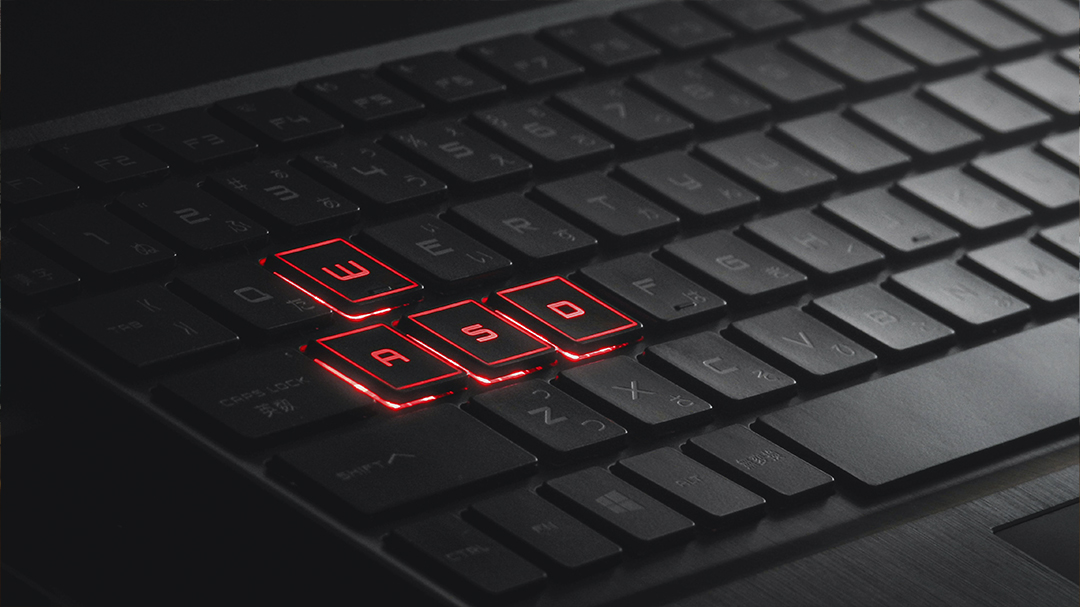
Have you ever felt like your workday slips through your fingers, and you’re left wondering how has time passed so rapidly? It’s a common scenario – you kick off your day with a clear plan, but you’re caught in a whirlwind of distractions, long meetings, and the temptation to procrastinate.
In today’s fast-paced world, productivity is a key factor in achieving success in both personal and professional life. We have assembled effective strategies and tips to assist you in making the most of your workday.
Use these principles as a guide to navigate your workday more effectively.
Have a Task List for the Day
Not having a to-do list for the day is one of the biggest productivity killers. Start by creating a clear plan that outlines your tasks and priorities for the day. This will keep you on track and ensure you focus on the right things.
Focus on Your Biggest Tasks First
Start your day by tackling the most challenging tasks. Your energy and motivation levels are typically highest in the morning, so use this time to accomplish demanding tasks. This early win can boost your confidence and productivity for the rest of the day.
Focus on One Task at a Time
When we concentrate on more than one activity at a time, we often spend more time transitioning between tasks. Dedicating your focus to a single task until completion can enhance productivity. By concentrating on one project at a time, you establish a clear objective and are more likely to stay motivated to finish it before moving on to the next task. If you tend to multitask but find yourself overwhelmed with unfinished tasks, consider prioritizing your assignments based on importance. This way, you can tackle your most demanding tasks first and reserve your later hours for lighter, less time-consuming work.
Set Small Objectives
Break down your tasks into smaller, manageable objectives. This approach makes tasks feel less overwhelming and allows you to track your progress more easily.
Take Regular Breaks
It’s impossible to focus on a task for 8 to 12 hours straight. Too many people believe that working longer hours will result in greater productivity, but this is seldom the reality. Schedule short breaks throughout the day to recharge your mind. Short walks or quick exercises can help you stay alert and maintain focus.
Time Block Your Schedule
Allocate specific time blocks for different tasks or projects. This method helps you allocate your time effectively and prevents overworking on a single task. Consider 90-minute or 60-minute time blocks. So if you are blocking out 90 minutes to work on a project, note that on your schedule.
Use the Pomodoro Strategy
Implement the Pomodoro technique to manage your time better. Similar to scheduling breaks, the Pomodoro method applies the use of a timer, where you dedicate yourself to a task for 20 minutes (though you can increase this to 30 minutes), work on it until the timer goes off and then take a five-minute break. This strategy can be effective because it provides more time for uninterrupted, focused work and then provides a way to step back from the task for a few minutes before going back to complete it.
Keep All Work Activities on Your Calendar
Use your calendar to schedule all your work-related activities. This will help you not only establish how important time is, but on a micro level, it allows you to see how much time you have in a day and to get important initiatives scheduled. This helps you visualize your day, prioritize tasks, and reduce distractions. On a macro level, planning “milestones” in your calendar throughout the year is a smart way to efficiently achieve your larger goals.
Make Your Meetings Short
Keep meetings concise and productive by setting agendas and time limits. The agenda can be a simple bullet-point list of topics that you’ll cover. Place these into the meeting invitation.
Use the two-minute rule to ensure efficient discussions.
Write It Down
Don’t rely on memory alone. Take notes and use task management apps to organize your thoughts, tasks, and meetings.
80/20 rule
This rule states that 20 percent of what you do each day produces 80 percent of your results. Identify tasks in your day that take up time but don’t make you more productive. Break down what you do and ask if it’s contributing to 80% of your results. Once you find the essential 20%, focus on getting rid of, reducing, or delegating the less valuable 80%.
Set Priorities for the Next Day
Before ending your workday, outline the top three priorities for the following day. This helps you start each morning with a clear focus.
Eliminate All Distractions
Minimize distractions in your workspace. Silence your phone, close unnecessary tabs, and create a conducive environment for focused work.
Block Time Out for Monotasking
Allocate dedicated time blocks for specific tasks to maintain concentration and flow. In each time block, you concentrate on one task, and that’s it. This helps you focus deeply and get into a productive flow. Working on just one thing saves mental energy since you’re not switching between tasks. It also ensures you have ample time for various goals.
Prioritize tasks by order of importance
To complete your tasks efficiently and effectively, it’s crucial to prioritize and stick to that plan. Prioritizing matters because it helps you focus on the most important and time-sensitive matters first, leaving less urgent ones for later.
Follow the two-minute action rule
David Allen, a productivity expert, came up with the “two-minute rule” in his book “Getting Things Done.” It’s simple: if a task will take less than two minutes to complete, do it right away when you think of it. This rule helps you tackle those quick tasks you’ve been putting off. Taking just two minutes for each can help you stay on top of your to-do list. For instance, you can use this rule to manage daily tasks, respond to emails, have important conversations with colleagues, or jot down quick notes. These small efforts can lead to increased productivity and a sense of accomplishment by the end of your workday.
Review Progress Throughout the Day
After setting your priorities and planning your time, it’s a good idea to check on how you’re doing during the day. See how well you’re doing with your top tasks and change your schedule if needed. This way, you can keep an eye on your capacity and handle any unexpected tasks or problems that pop up later in the day more easily.

Productivity isn’t confined to the boundaries of your work hours; it’s a holistic approach that starts the moment you wake up and encompasses your entire workspace. From morning routines to optimizing your work environment, we’ll delve into key strategies that can empower you to achieve more throughout the day.
Start your day by focusing on yourself
Take control by not looking at emails first thing in the morning. Spend that time focusing on yourself, like having a good breakfast, meditating, or catching up on the news.
Organize Your Workspace
A clutter-free workspace promotes concentration and efficiency. Keep your desk tidy and organized.
Remove Distractions
Minimize workplace distractions to maintain focus. Inform colleagues when you need uninterrupted work time.
Delegate Tasks
When possible, delegate less critical tasks to others to free up time for more important responsibilities.
By implementing these strategies and tips, you can significantly enhance your productivity during the workday and achieve your goals more efficiently. Remember that productivity is not about working harder but working smarter.


